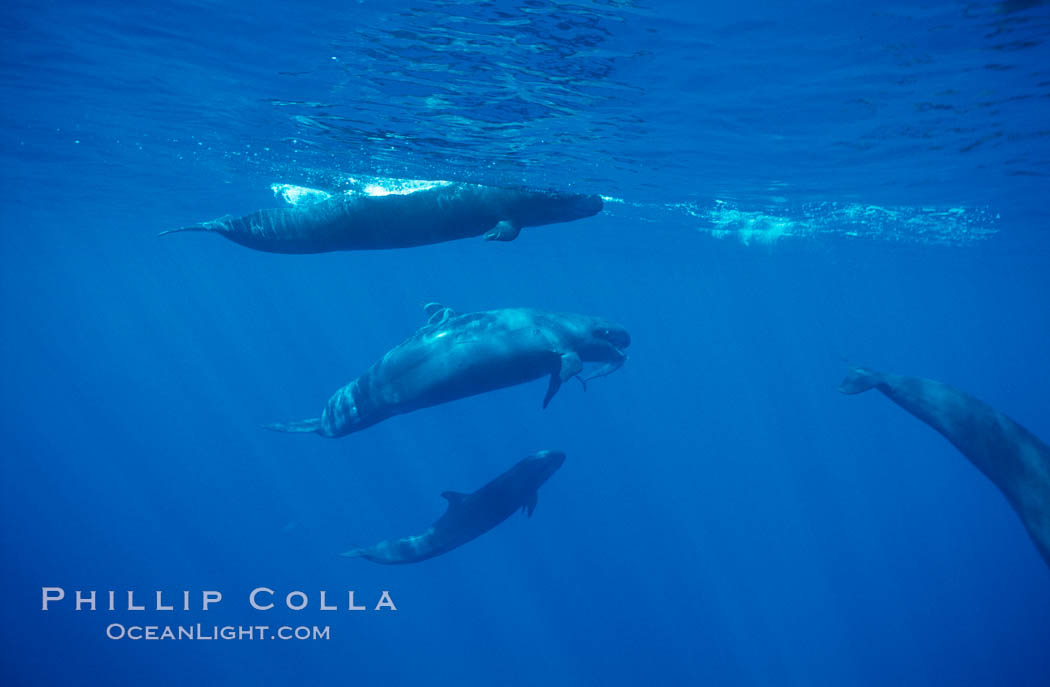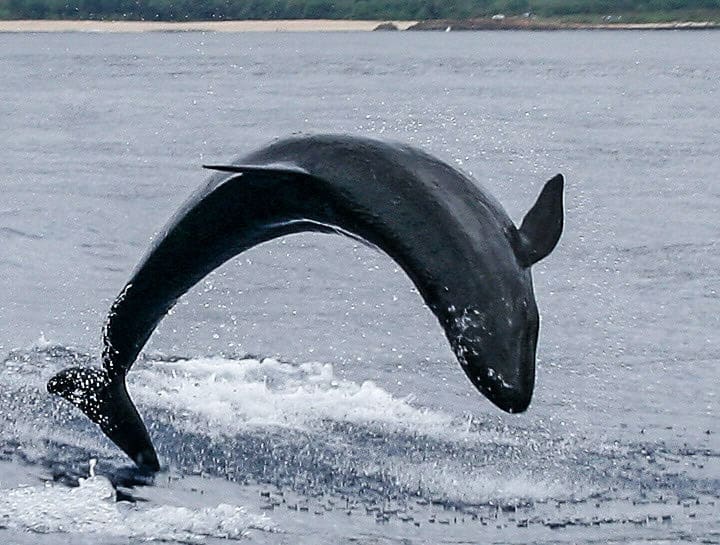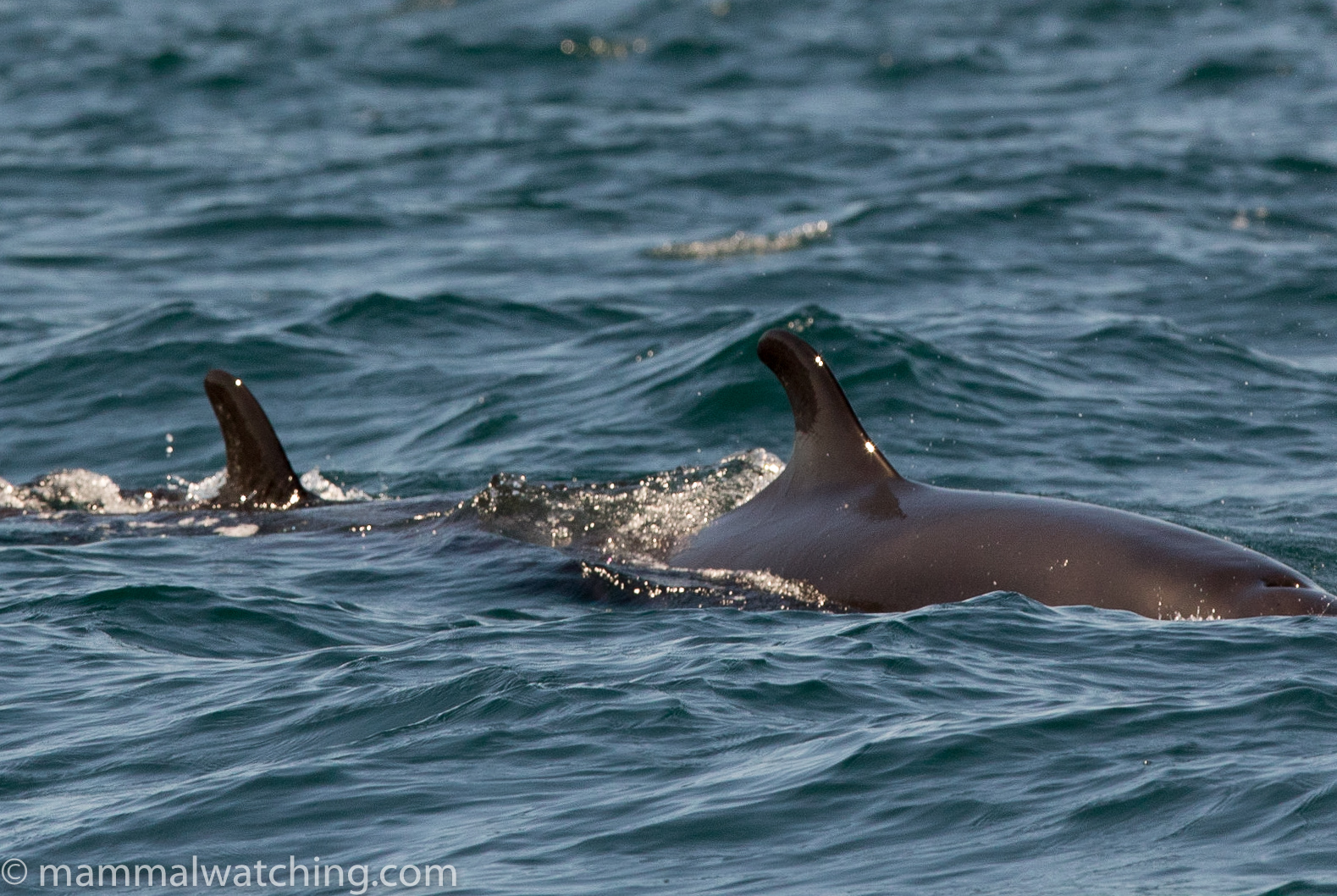
Sonar and seismic surveys, and fisheries bycatch.įrom The Mammals of Texas, Seventh Edition by David J. Potential threats to the species include high levels of noise, especially military The IUCN status is "data deficient" because global trend or abundance data are unavailable. Sightings were in deep water generally 200 to >2,000 m (656–6,562 ft.) deep.ĬONSERVATION STATUS. The false killer whale is listed as endangered by the USFWS and threatened by TPWD. Three by airplane during the GulfCet surveys. Virtually nothing is knownĪbout its population abundance and status but five groups were sighted by ship and

Of false killer whales from the northern Gulf of Mexico. There have been 14 strandings and 16 sightings Usually the animal inhabits the open ocean, but it can occasionally be observed around oceanic islands like Hawaii. POPULATION STATUS. Uncommon strandings and observations. False killer whale occurs in tropical and sub-tropical waters of the Atlantic, Pacific and Indian Oceans. The gestation period lasts approximately 15 months. Their reproductive habits are poorly known. Of this mysterious event was never determined. All of the whales subsequently died, and the cause

A cosmopolitan species, orcas can be found in all of the worlds oceans in a variety of marine environments, from Arctic and Antarctic regions to tropical seas. It is recognizable by its black-and-white patterned body. On 11 January 1970,ġ50–175 false killer whales beached themselves and refused to return seaward, despite The orca or killer whale (Orcinus orca) is a toothed whale belonging to the oceanic dolphin family, of which it is the largest member. Such stranding occurred on the Atlantic coast of southern Florida. Three known mass strandings of these whales in the Gulf of Mexico, but the best known They eat squid and fish.įor unknown reasons, false killer whales often strand, sometimes en masse. To humans and probably are good echolocators. These delphinids are known to emit whistling sounds audible Groups of these whales may number from two to several hundred, with both sexes andĪll age groups represented. There have been numerous strandings and sightings in the Gulf of Mexico, includingĪ few strandings from the upper Texas coast. False killer whales are distributed worldwide in tropical and temperate waters, and Superficially resembles the short-finned pilot whale ( Globicephala macrorhynchus) but lacks the bulbous forehead and the teeth are nearly twice as large.ĭISTRIBUTION. Adult males reach a length of 5.7 m females,Ĥ.9 m. Length and tapering teeth large, conical, elliptical in cross section, 15–25 mm inĭiameter, the largest ones projecting 30 mm or so above the gums (40 mm above jawbone),Īnd numbering 8–11 in each tooth row. Of the back and directed backward pectoral fins small, about one-eighth of total Snout to the blowhole dorsal fin small, narrow, placed slightly forward of midpoint If mortality and serious injury is not reduced to appropriate levels, we will reconvene the Team to develop additional measures.DESCRIPTION. A small, entirely black delphinid no beak, the head slopes gradually from tip of


We monitor the Plan's progress and ensure it meets the MMPA goal of reducing mortality and serious injury of false killer whales incidental to the fisheries addressed by the Plan. We considered the comments received and published a Final Rule on November 29, 2012. The public comment period for the proposed rule closed on October 17, 2011. We considered the draft Plan submitted by the Team, and published a proposed rule to implement the Plan on July 18, 2011. The Team met four times within six months to develop a draft Plan by consensus and submitted the draft to us on July 19, 2010. We established the Team on January 19, 2010 ( 75 FR 2853). View a complete list of the False Killer Whale Take Reduction Team members with contact information. Though the information meeting was not intended to generate recommendations to us, a meeting summary is available. An opportunity for affected stakeholders to develop a common understanding of the problem and parameters prior to formally convening a Team.An overview of key marine mammal abundance and incidental take information, including mortality and serious injury data.Background information on the MMPA Take Reduction Program and Team process.In November 2009, we convened an informational public meeting to provide: The Team was charged with drafting a Take Reduction Plan (Plan) for reducing that mortality and serious injury, as required by the Marine Mammal Protection Act (MMPA).


 0 kommentar(er)
0 kommentar(er)
